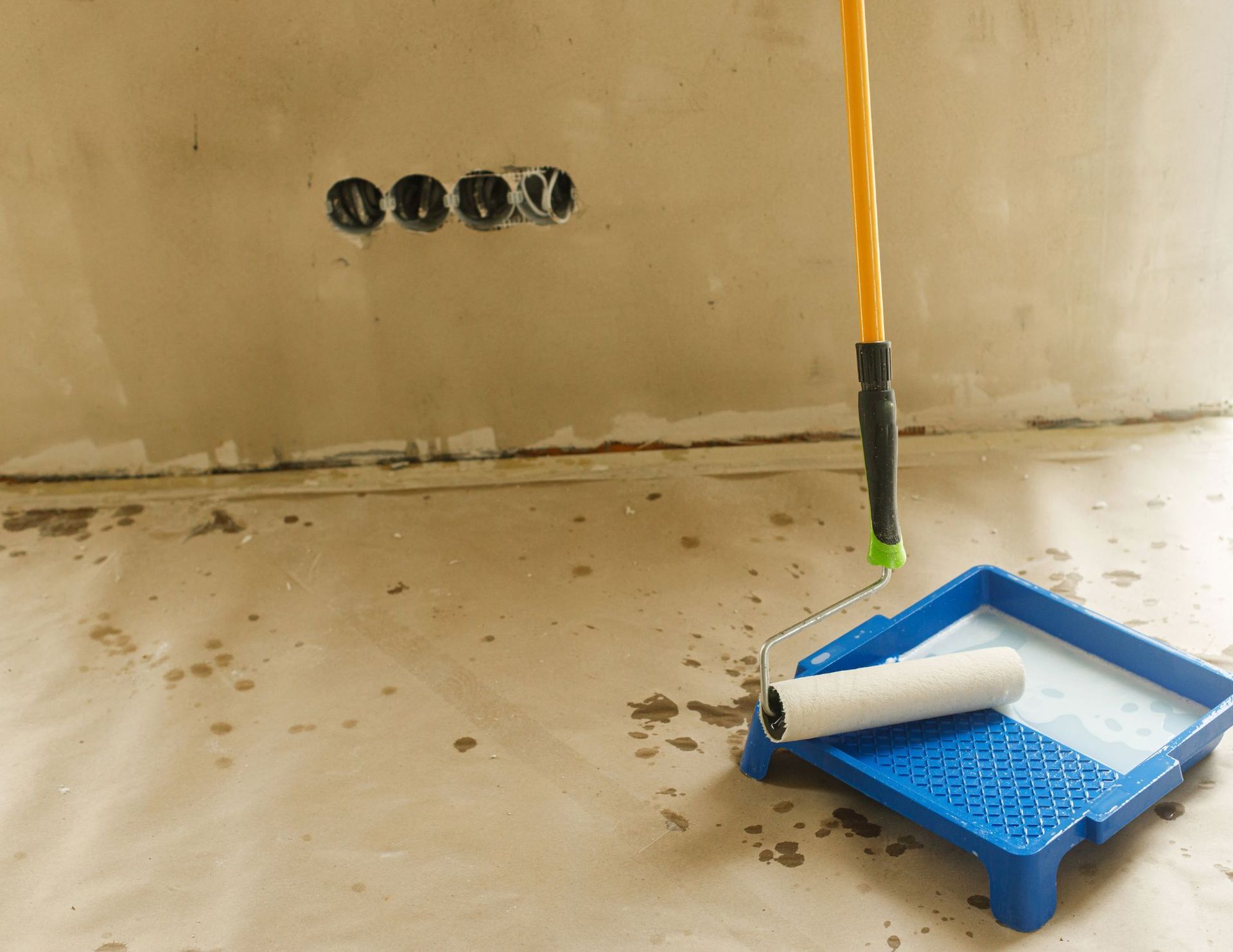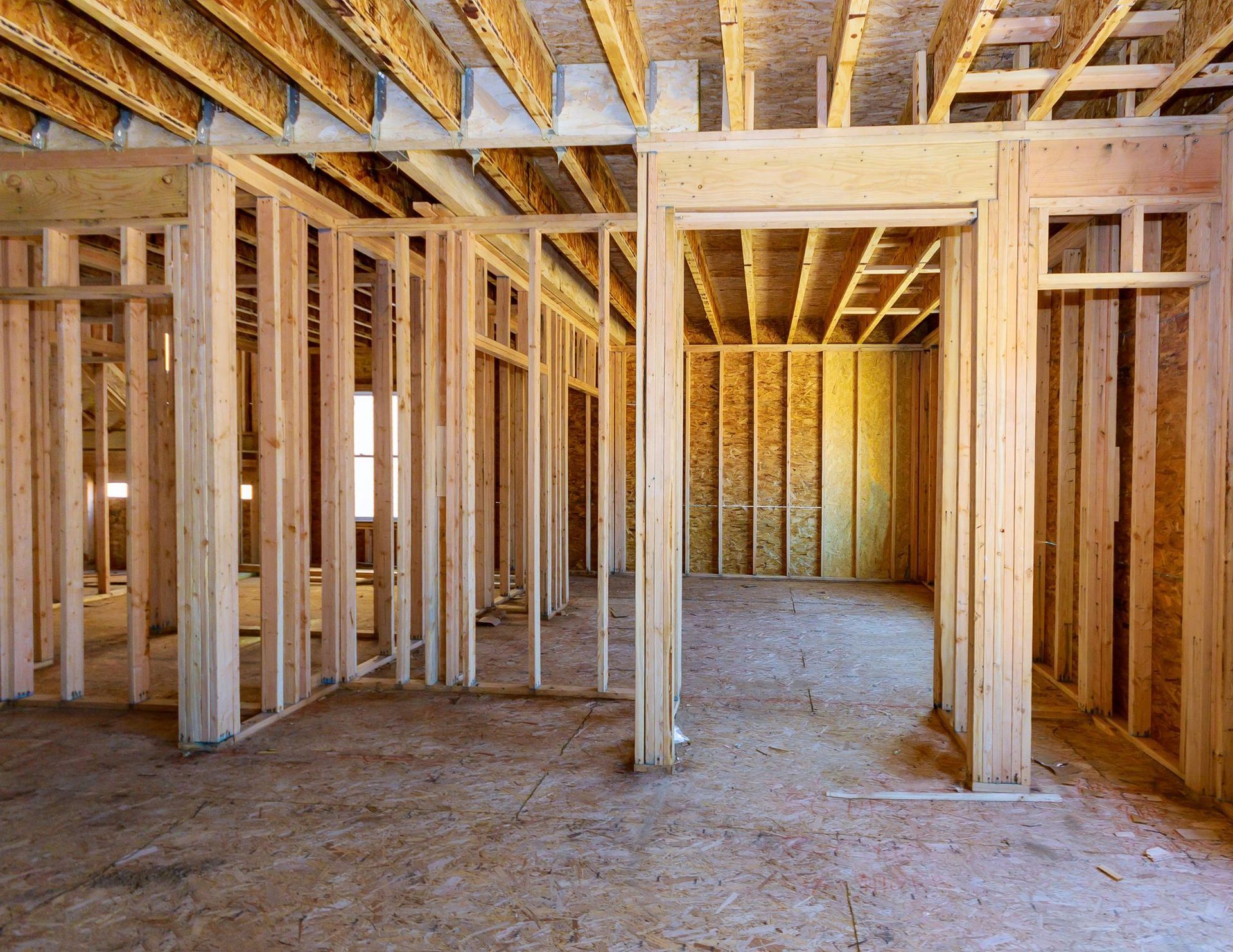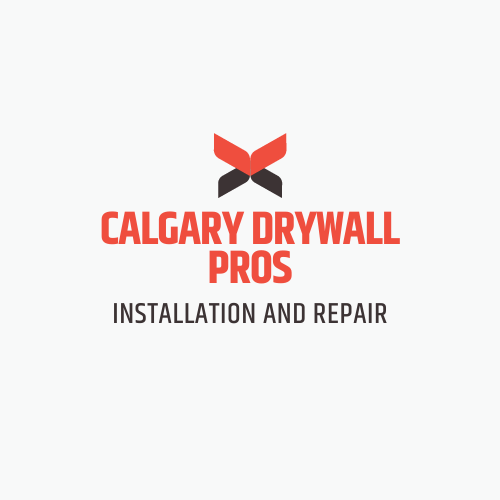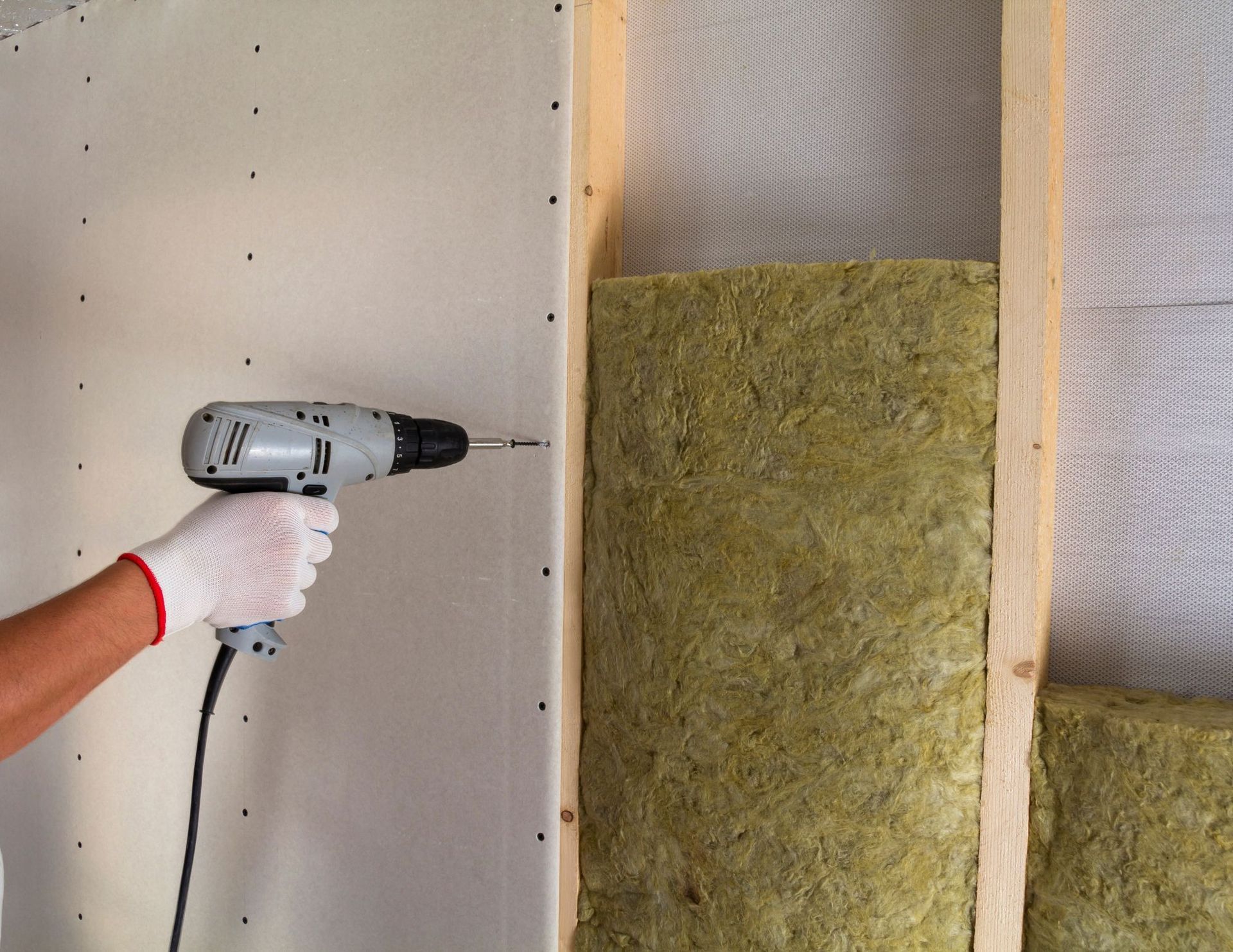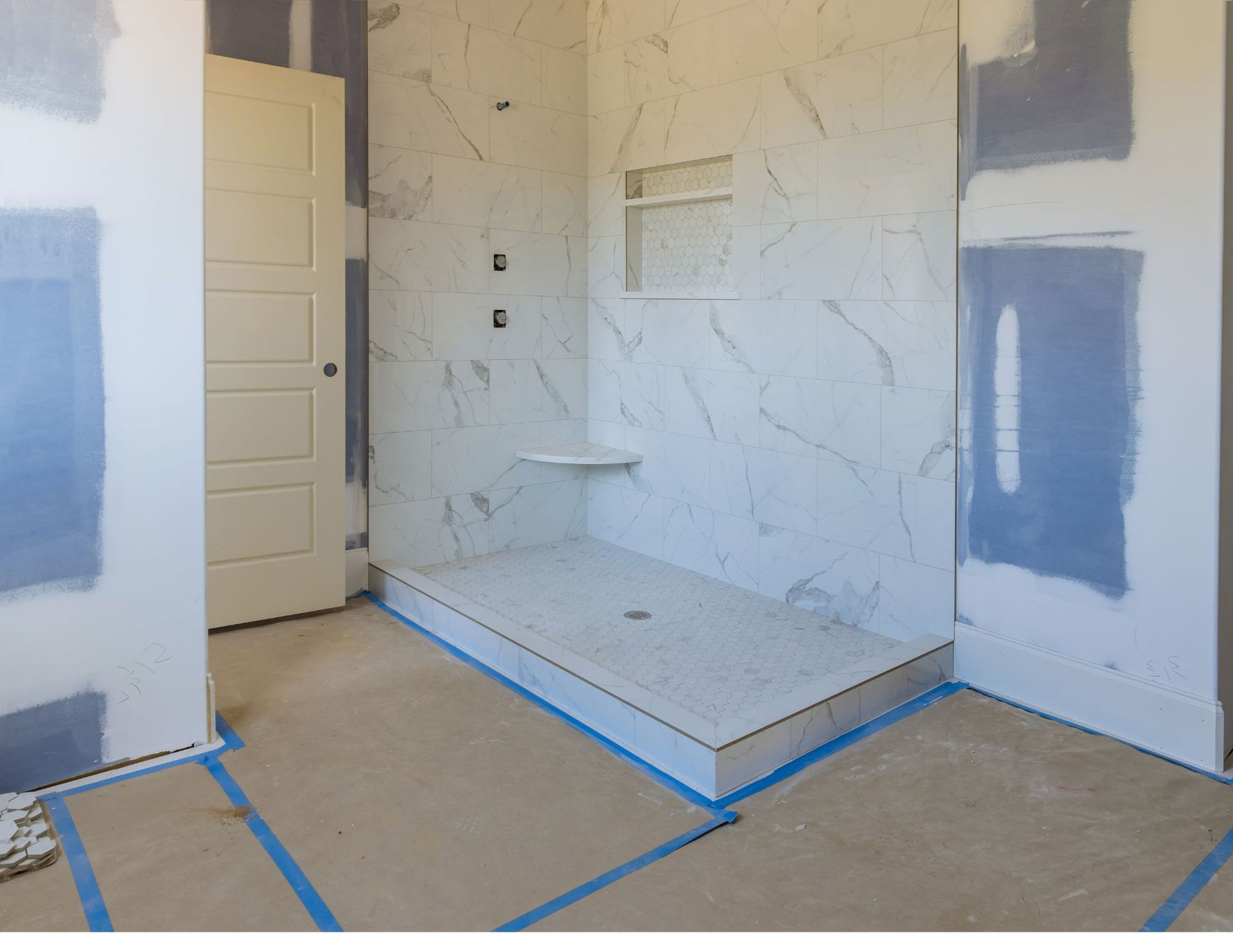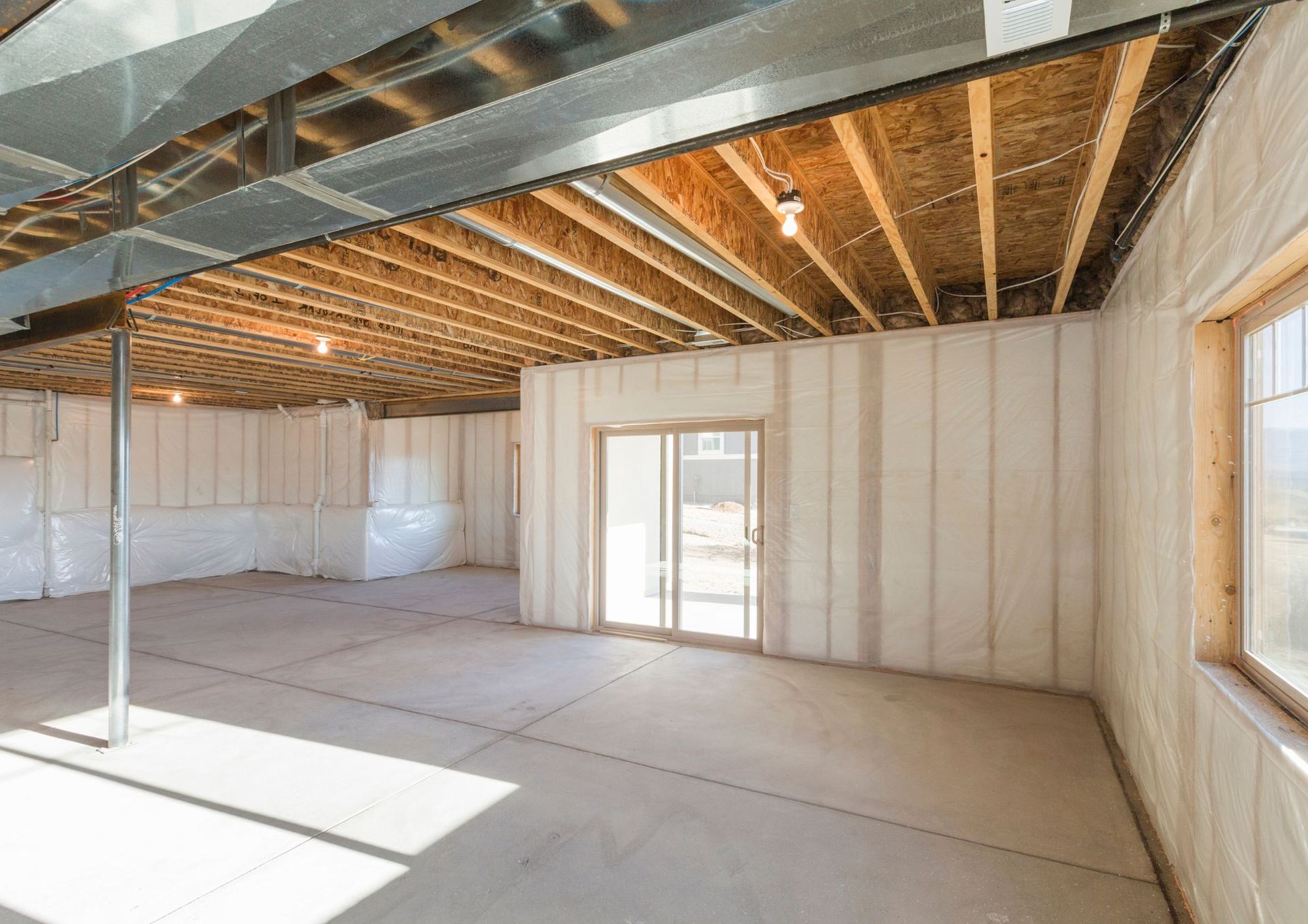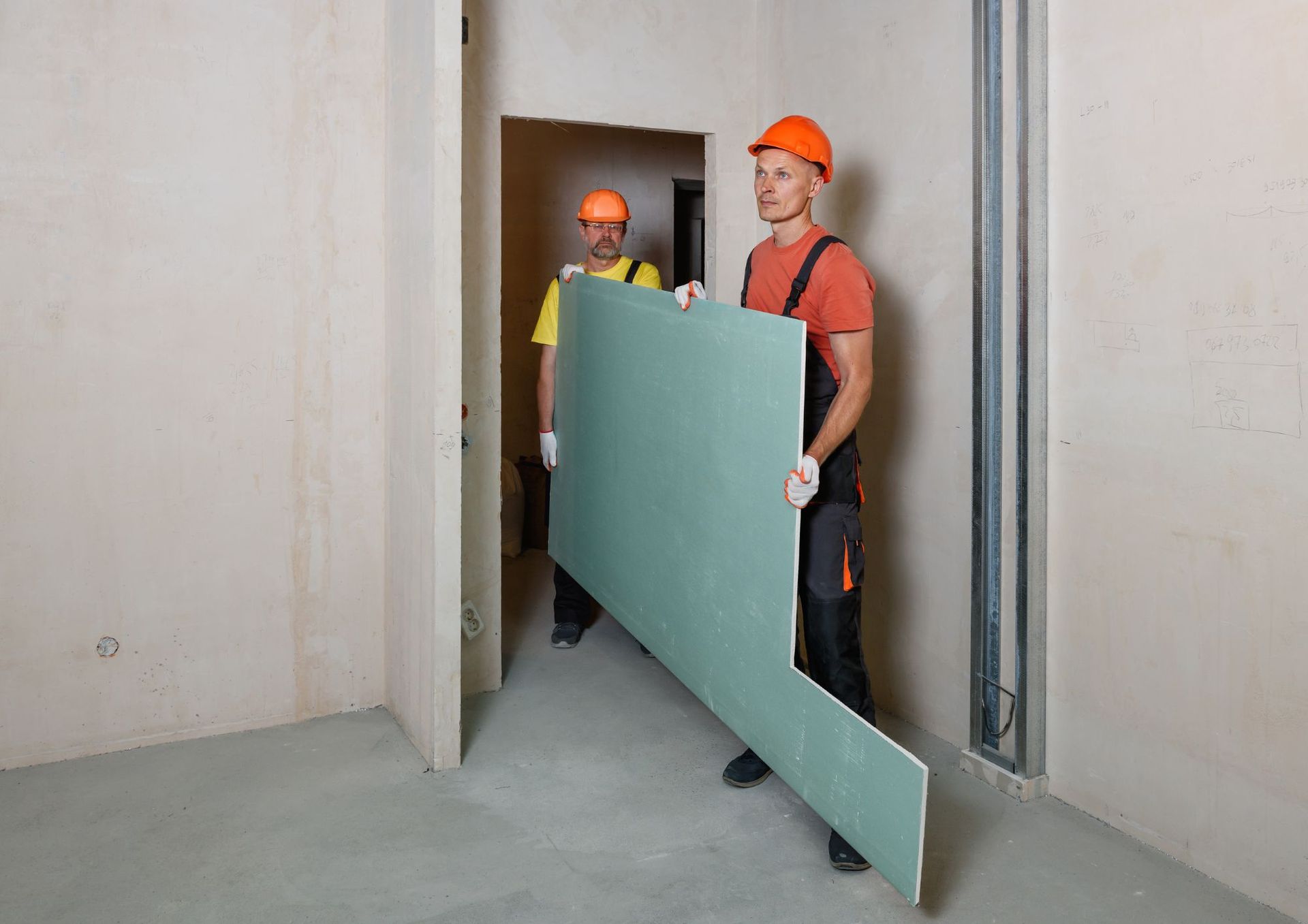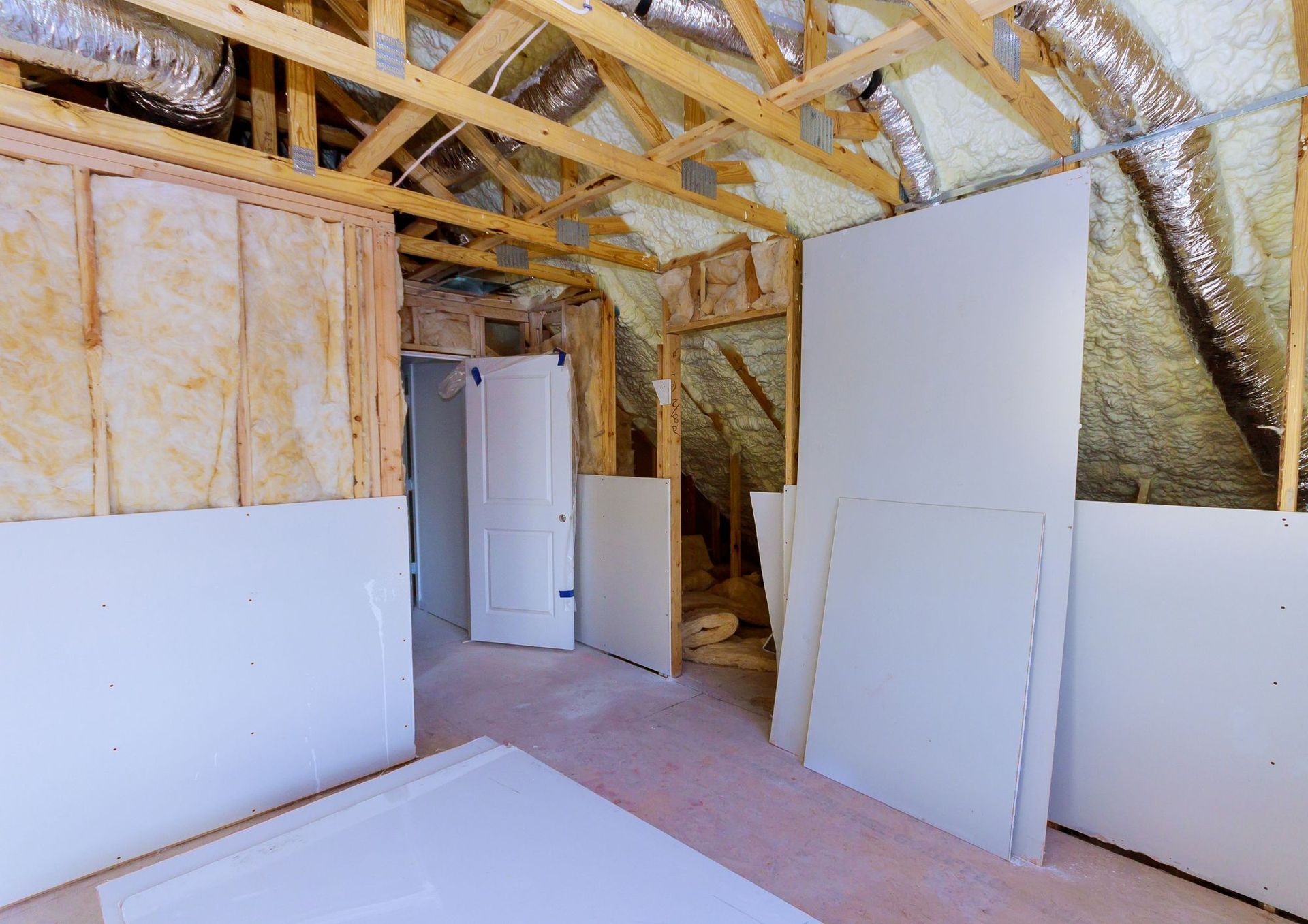What Happens If You Don't Tape Drywall?

Taping and mudding your drywall is crucial. Here's what happens if you don't, and why you need to.
Wondering why you may need to tape drywall before applying paint? Lot's of people have been asking this question. It's a crucial step, and below, we're going to discuss why.
The Basics of Drywall
Before we get into it, let's quickly discuss the basics of drywall. Drywall, also known as gypsum board or plasterboard. It is the most cost-effective way to cover your walls to get them ready for paint and to make your house look perfect. You'd be hard pressed to find a home that has been built any time in the last 30-40 years that didn't have drywall on the walls and ceilings. You install drywall by handing multiple sheets to cover the main surface area of the walls. Then, you apply mud and tape to cover over the seams.
The Purpose of Taping Drywall
When you hang sheets of drywall, you're left with seams where the panels meet. These seams create gaps and uneven surfaces that need to be concealed for a polished finish. That's where taping comes in.
Taping drywall involves covering these seams with a specialized tape and layering joint compound over them. This process not only hides imperfections but also adds structural integrity to your walls. You only need to tape the walls once, but in most cases the walls will need to have mud applied to them with three coats. The first coat is thick and covers up the seams, and each subsequent coat is a little thinner to cover any minor imperfections.
The Consequences of Skipping Drywall Tape
The best drywall contractors wouldn't ever fathom the idea of skipping taping. In fact, almost nobody would. But since we have seen this question being asked online, we figured we might as well answer it in detail. So, what happens if you decide to skip taping drywall?
1. Visible Seams and Cracks
One of the most immediate and obvious consequences of forgoing drywall tape is the appearance of visible seams and cracks. You'll have uneven, unsightly lines running across your wall that will make even the most forgiving paint job look terrible.
2. Vulnerability to Moisture
Drywall is not a fan of moisture. When you skip taping, those seams become open invitations for moisture to seep in. This can lead to mold growth, warping, and, in severe cases, structural damage. So, if you enjoy dry walls, keep them dry—tape them up!
3. Reduced Structural Integrity
Remember how we mentioned that taping drywall adds structural integrity? Well, it's not just a fancy term. Without tape, your walls become weaker and more prone to damage. This can result in dents, dings, and holes that are not only unsightly but also a headache to repair.
4. Difficulty Painting and Wallpapering
If you think you can just slap some paint or wallpaper over untaped drywall and call it a day, think again. Those seams and imperfections will show through, making your DIY project look like a rookie job. Properly taped drywall provides a smooth canvas for your creative endeavors, whether that's a fresh coat of paint or wallpaper.
5. Time-Consuming Repairs
Let's say you skip taping initially, thinking you'll get to it later. Fixing untaped drywall is not only a headache; it's a time-consuming and costly process. You'll need to sand, apply joint compound, sand some more, and then hope for the best. Save yourself the trouble and do it right from the start.
The Final Word
In the world of home improvement and DIY projects, it's essential to understand that cutting corners rarely pays off. Taping drywall may seem like an extra step, but it's a step you should never skip. The consequences of not taping drywall are visible, costly, and time-consuming, making it a decision you'll likely regret.
